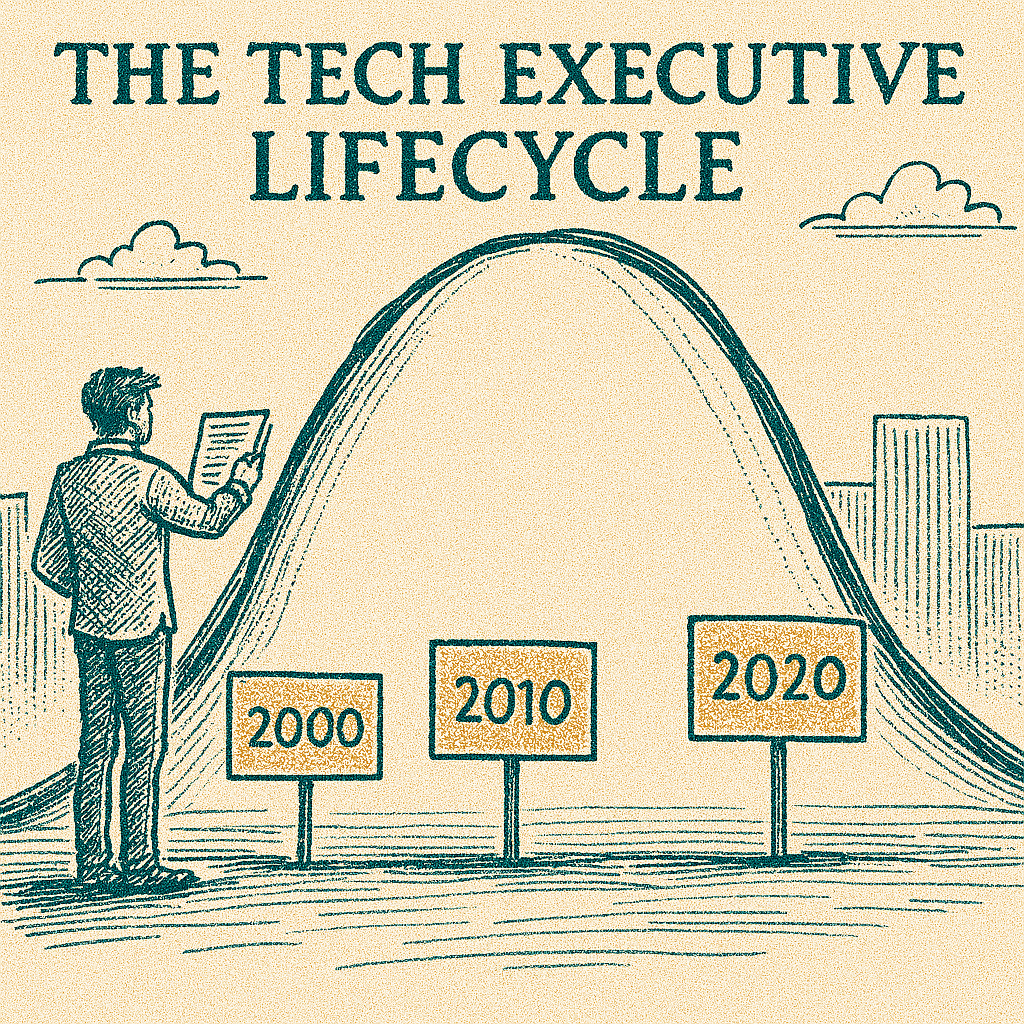10 Ways AI Can Empower Underserved Communities
Last week, I came across a compelling report on the healthcare disparities underserved communities face in the United States. As someone passionate about healthcare equity and technology, I was struck by how AI could bridge these gaps. I want to share some reflections on how AI might transform healthcare for those who need it most.
The Healthcare Gap: Real People, Real Consequences
The statistics are sobering. More than 80% of physicians believe patients with significant disabilities have a lower quality of life than nondisabled people, a bias that directly impacts care decisions. Nearly 40% of transgender adults report that negative healthcare experiences made them less likely to seek future care. Approximately 46% of undocumented immigrants lack health insurance, with 27% avoiding even applying for health programs due to immigration-related fears.
Behind each statistic is a person making the difficult choice between seeking necessary care and risking discrimination, financial hardship, or even possible deportation. As a transgender friend described to me recently, "I had to teach my doctor about my identity before I could even discuss my actual health concerns."
These aren't just inconveniences but life-altering barriers contributing to preventable suffering and widening health disparities.
AI as a Bridge, Not a Replacement
I want to be clear: Technology alone won't solve systemic inequality. We need policy reform, provider education, and cultural shifts. However, thoughtfully designed AI solutions can be powerful tools to address specific barriers while broader changes take shape.
Here's how I envision AI making immediate impacts:
For People with Disabilities
1. Accessibility Navigator: A mobile AI app could aggregate data on healthcare facilities to answer questions like "Where can I get an MRI with a wheelchair lift?" or "Which clinics have sign language interpreters?" This would eliminate the uncertainty that leads many to delay care.
2. Communication Tools: For deaf patients or those with speech impairments, AI-powered sign language interpretation and speech generation could transform medical appointments from frustrating to productive.
3. Personalized Outreach: AI could identify disability-specific gaps in preventive care and generate accessible reminders (text-to-speech for blind users and simple language for cognitive disabilities), boosting screening rates and early detection.
For LGBTQIA+ Communities
4. Cultural Competency Training: An AI-driven platform could simulate realistic patient scenarios to help providers practice inclusive care. Imagine a system that gives real-time feedback on language, assumptions, and care approaches, reducing the burden on LGBTQIA+ patients to "teach their doctors" while improving providers' confidence and competence.
5. Provider Matching: What if finding a knowledgeable, affirming provider was as simple as using a dating app? AI recommendation engines could match patients with providers based on specific needs, community reviews, and documented training in LGBTQIA+ care.
6. Gender-Affirming Care Navigation: For transgender individuals facing insurance denials (43% for surgery and 38% for hormone therapy), AI assistants could scan denial letters, generate appeals citing clinical guidelines, and predict approval likelihood, empowering patients navigating complex bureaucracy.
For Refugees and Undocumented Immigrants
7. Multilingual Health Navigator: A 24/7 chatbot providing health guidance in native languages could answer questions like "My child has a fever, what should I do?" and direct users to low-cost clinics without collecting personal data, building trust through privacy and accessibility.
8. Anonymous Telehealth: Platforms using AI to protect identity (voice alteration, video blurring) could allow undocumented individuals to consult healthcare providers without fear, managing chronic conditions before they become emergencies.
9. Mental Health Support: Trauma-informed, culturally adapted AI counseling could provide a judgment-free outlet for refugees experiencing PTSD, depression, and anxiety (conditions affecting this population at higher rates), with pathways to human providers when needed.
For Minoritized Communities
10. Health Equity Tracker: What if we could identify and address racial healthcare disparities before they become statistics? An AI-powered platform could aggregate anonymized data from electronic health records, insurance claims, and public health databases to monitor disparities in real-time. The system would analyze treatment patterns, wait times, diagnostic delays, and outcomes across different racial groups, flagging instances where care deviates from equitable benchmarks.
By generating accessible visualizations and reports, this tool would empower community advocates, policymakers, and healthcare leaders with actionable insights. For example, if Black patients consistently faced longer wait times for cardiac care or received less pain medication for similar conditions compared to white patients, the system would highlight these patterns and suggest interventions.
The Human Element Remains Essential
The most effective AI solutions will be those co-designed with the communities they aim to serve. Technology developed in isolation risks reinforcing existing biases or creating new barriers.
I recently spoke with a rights advocate who reminded me: "Nothing about us without us. We need to be in the room when these tools are created."
She's absolutely right. Ethical AI development requires diverse perspectives throughout the process, from problem definition to testing and implementation. It means asking questions like:
— Does this solution truly address the barriers faced by this community?
— Are we collecting data that could potentially harm vulnerable users?
— How do we ensure accessibility across language, disability, and digital literacy levels?
— Are we complementing human care or replacing it?
Looking Forward
The potential is tremendous. AI-driven solutions could help a transgender teen find a respectful doctor, a wheelchair user access preventive screenings, or a fearful immigrant mother receive prenatal care without panic.
As we push forward, let's remember that AI in healthcare isn't about replacing human connection but extending its reach to those currently left behind. By combining technological innovation with a genuine understanding of underserved experiences, we can create tools that don't just process data but also help heal divides.


